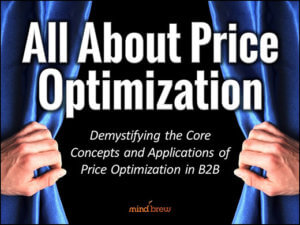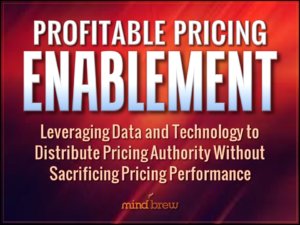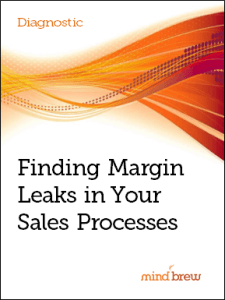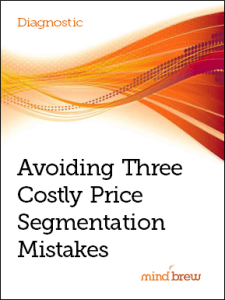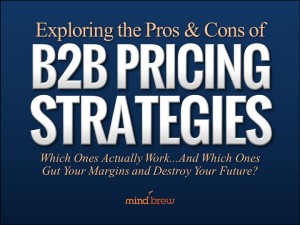For many B2B companies, a huge portion of their annual revenue flows through customer-specific prices. Very often, these companies will have dozens or even hundreds of individual price lists residing in their backend systems, each assigned to an important customer. Periodically, these customer-specific price lists will be updated, expanded, and renegotiated.
Managing these price lists is typically a big pain in the backside. And this pain becomes particularly acute when there’s need for speed—like when your material costs have shot up overnight and you need to update prices pronto.
But while alleviating this price list management headache is certainly a worthwhile endeavor, I would argue that it’s not the only improvement opportunity available in this area. In fact, I would go further and say that the most significant opportunity with customer-specific pricing is being overlooked…or dismissed outright…because too many pricing people have bought into a myth.
You see, there’s a common perception that customer-specific prices cannot be optimized in the full sense of the term. The thinking here seems to be that because these prices are separate from other prices, updated on different schedules, and often cover very different product mixes, it’s just not possible to employ many of the underlying enablers of true price optimization—i.e. segmentation, elasticity measurement, tradeoff modeling, etc.
This is a myth…a misconception…aka Bravo Sierra.
To shed more light on this point, I wanted to interview someone who’s actually helped a number of companies optimize their customer-specific pricing. In a recent Expert Interview, Pete Eppele of Zilliant addresses the myths and misconceptions around customer-specific price optimization, provides a lot of insight into how it all works, and shares some considerations for execution in the field.
If you have a lot business tied to customer-specific price lists, I encourage you to check out the interview. And I also encourage you to explore both improvement opportunities: 1) the opportunity to make the management of your lists more efficient through automation, and 2) the opportunity to make the prices within those lists far more effective and profitable through price optimization.
As avid readers know, I’m a big proponent of using price optimization wherever possible. And to my mind, it would be a shame to let a myth about what’s actually possible with customer-specific pricing keep you from optimizing such a large portion of your business.


